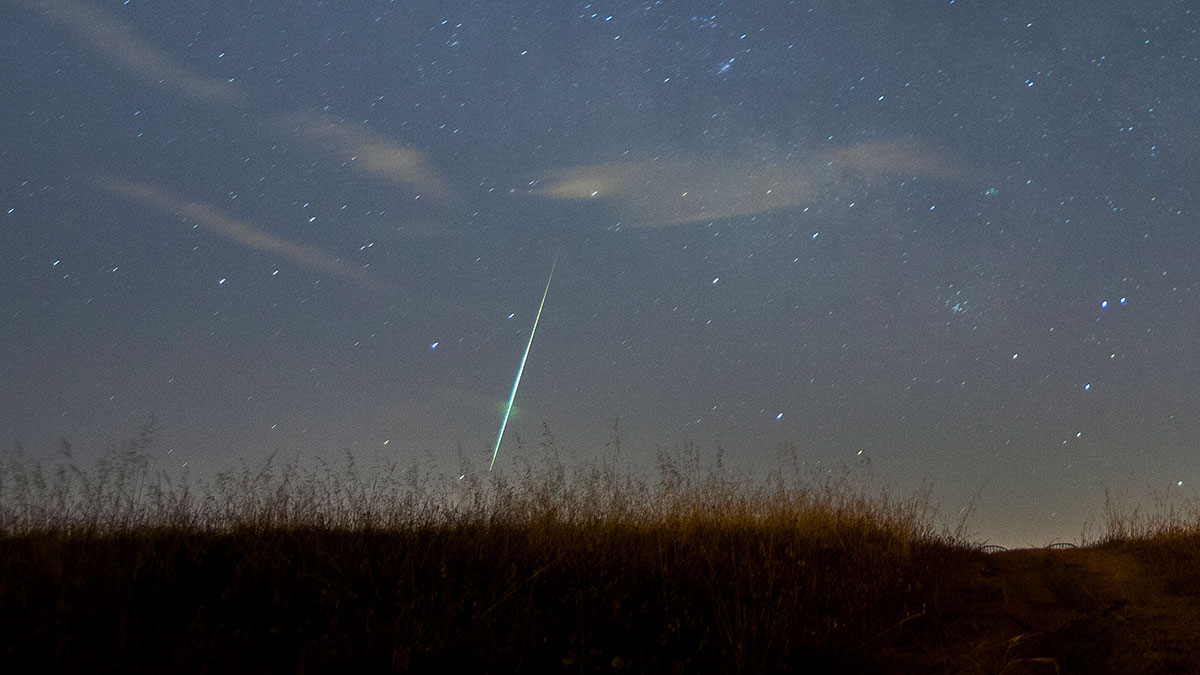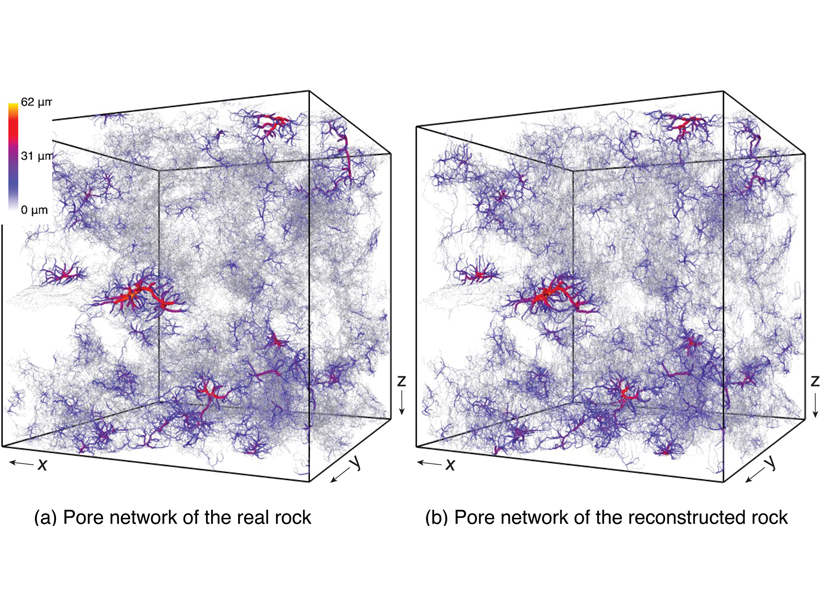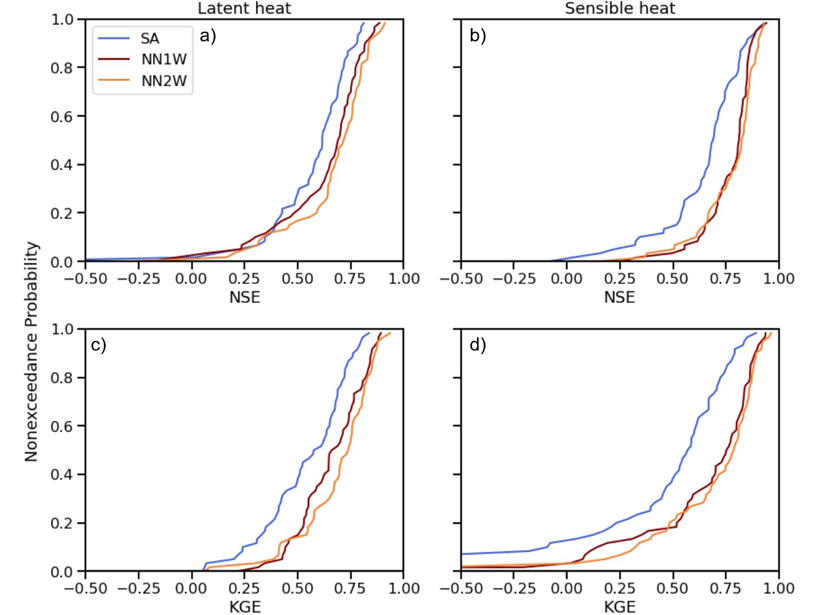A novel approach to weather forecasting uses convolutional neural networks to generate exceptionally fast global forecasts based on past weather data.
machine learning & AI
Data from Satellites Help Uncover Exploding Meteors
By using data from two lightning-spotting satellites, researchers measure explosions of thousands of small meteors and create a database that could help the planetary defense community.
Could AI Be Useful for Arctic Communities Facing Sea Ice Loss?
The forecasting tool IceNet promises to be a useful tool for evaluating sea ice loss in the Arctic. But ethical and logistic considerations have to be taken before scientific and Indigenous communities start working together.
Deep-Ocean Cooling May Have Offset Global Warming Until 1990
New machine learning techniques have estimated ocean temperatures below 2,000 meters, leading to a new model of warming trends.
Training the Next Generation of Physical Data Scientists
Preparing a diverse new generation of scientists who can use artificial intelligence and data science to better understand and predict geoscience phenomena requires revamped training.
When Deep Learning Meets Geophysics
Traditional physical models are no longer the only foundational tools for processing geophysical data; “big data” help to reveal the laws of geophysics from new angles with exciting results so far.
Call for Papers on Machine Learning and Earth System Modeling
Contributions are invited to a new journal special collection on the use of new machine learning methodologies and applications of machine learning to Earth system modeling.
Reconstructing Rocks with Machine Learning
Machine learning can be used to accurately reconstruct high-resolution, 3D images of rocks from 2D cross-sections, which opens the door to more detailed simulations.
Realizing Machine Learning’s Promise in Geoscience Remote Sensing
Machine learning and signal processing methods offer significant benefits to the geosciences, but realizing this potential will require closer engagement among different research communities.
Combining Deep Learning Methods with Process-based Models
Using turbulent heat fluxes as an example, a new study shows that exchange of information between process-based models and deep learning methods may lead to improved predictions.










